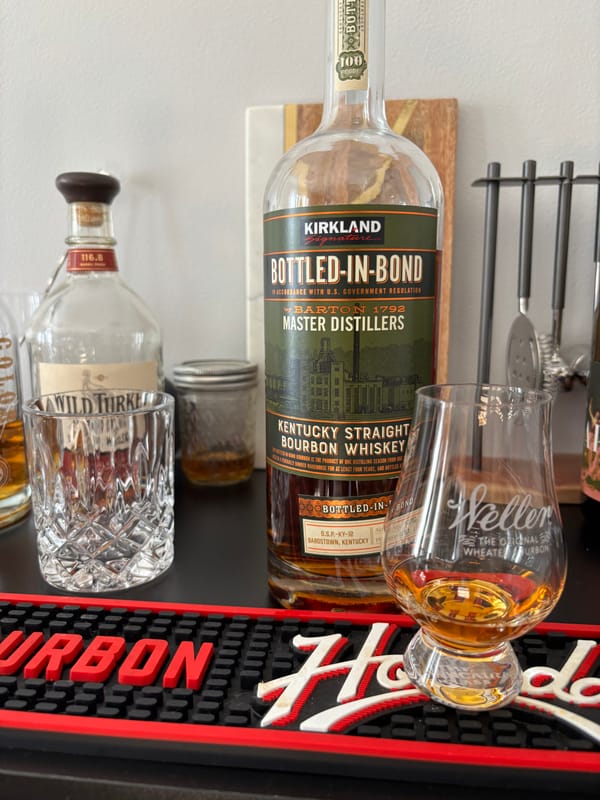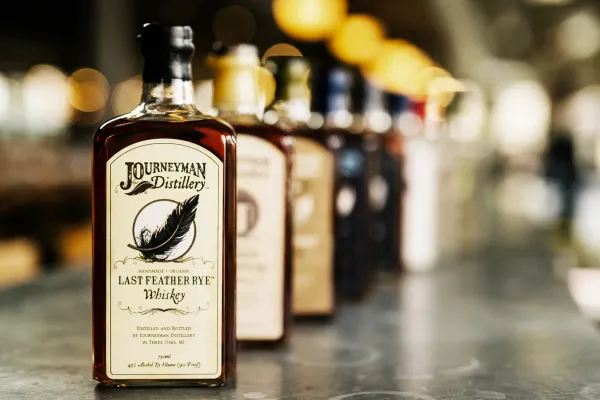Whiskey Grain Drying and Milling Guide: The Prep You’ll Wish You’d Known Sooner

Grain Drying and Milling Standards: The Whiskey Prep You Can’t Skip
Grain drying and milling in whiskey production aren’t just preliminary steps. They’re the precise preparations that ensure grains are ready for mashing, laying the foundation for flavor. If you don’t know these standards, you’re missing the prep that shapes every bottle. For whiskey enthusiasts eager to understand whiskey’s core, this is the rock-solid truth about grain drying and milling standards, grounded in legal standards and science, and a 2025 must-know.
What Are Grain Drying and Milling Standards?
U.S. law requires whiskey (bourbon, rye, etc.) to be made from a fermented grain mash, with grains like corn (51% minimum for bourbon), rye, or barley dried to 12-15% moisture and milled to specific particle sizes before mashing at 180-200°F. Scotch and Irish whiskey (Scotch Whisky Regulations 2009, Irish Whiskey Act 1980) follow similar standards, especially for barley. Drying, often at 120-150°F, preserves grain quality, while milling—using hammer or roller mills—creates a coarse flour to maximize starch exposure, critical for fermentation (8-10% ABV in three to five days) and whiskeys bottled at 80 proof minimum after distillation (160 proof max) and aging (two-plus years).
How Drying and Milling Shape Whiskey
Corn, dried to 14% moisture for bourbon, prevents spoilage and ensures sweet starch conversion, yielding caramel notes after aging in Kentucky’s climate (20-100°F). Rye, milled to a fine grind, exposes spicy compounds, enhancing clove flavors in rye whiskey. Malted barley for Scotch, dried with or without peat smoke at 140°F, develops nutty or smoky profiles, aged in Scotland’s cooler climate (40-65°F) for three-plus years. Proper drying avoids mold, and precise milling ensures efficient sugar extraction, impacting wort quality and final whiskey flavors at 80-120 proof.
Why Drying and Milling Standards Matter for Your Sip
A bourbon at 80 proof, from well-dried corn, delivers pure toffee sweetness, while a Scotch at 86 proof, from milled barley, offers crisp malt depth, per legal standards. Poor drying or milling muddles flavor clarity. Every sip reflects the prep’s foundational role, making your next bottle a clean expression of its craft.
Why Grain Drying and Milling Standards Matter in 2025
Grain drying and milling standards are whiskey’s flavor groundwork. By 2025, understanding these rules could make every sip a clear taste of prepared excellence, from sweet to spicy. It’s the truth in the prep, so don’t miss the foundation.
Check out NEAT: Whiskey Finder—it’ll help you track down bourbon and whiskey near you.





